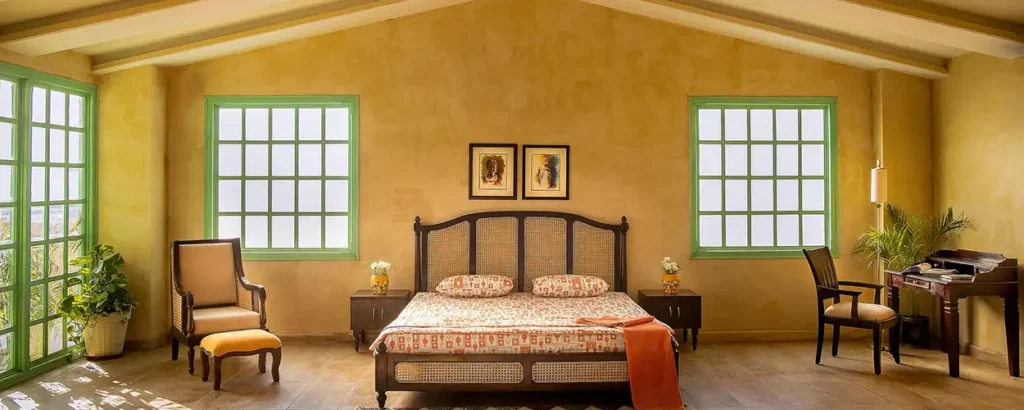Table of Contents
- What Are They Made Of? Understanding the Basics
- Head-to-Head: Key Differences That Matter
- Best Uses: Where Each Material Shines
- Making the Final Choice: A Quick Guide
Choosing between Particle BoardParticle Board and MDF (Medium Density Fiberboard) for your project can be tricky. Both are popular engineered woods, but they serve different purposes. This guide cuts through the confusion, comparing their cost, durability, and ideal applications. You’ll learn which material works best for cabinets, shelves, and furniture, helping you save money and avoid costly mistakes.
What Are They Made Of? Understanding the Basics
Breaking Down Particle Board
Let’s be honest, Particle Board is the most budget-friendly option on the shelf. It’s made by taking wood chips, sawdust, and shavings—often leftovers from other milling processes—and mixing them with a synthetic resin like urea-formaldehyde. This mixture is then compressed and heated to form a solid sheet. The result is a lightweight panel with a relatively uniform texture, though it often has a slightly rough feel. You’ll almost always see it covered with a laminate or veneer because its raw surface isn’t much to look at. It’s the workhorse of ready-to-assemble furniture for a reason.
The Lowdown on MDF
MDF, or Medium Density Fiberboard, is a step up in terms of manufacturing. Instead of chips and shavings, wood residuals are broken down into individual fibers. These fibers are then combined with wax and a resin binder before undergoing intense heat and pressure. This process creates an incredibly dense, smooth, and consistent panel with no visible wood grain. It’s this perfectly smooth surface that makes MDF a dream to paint. It’s heavier and more uniform than Particle Board, which is why it’s a favorite for projects requiring a fine, finished look.

Head-to-Head: Key Differences That Matter
When you’re standing in the hardware store, knowing these key differences will make your choice much easier.
- Cost: Let’s start with the bottom line. Particle Board is the clear winner for tight budgets. It’s the most economical engineered wood available. MDF typically costs a bit more, but you’re paying for that smooth finish and versatility.
- Strength & Durability: Don’t let the density fool you. While MDF is heavier and more dense, making it better at holding screws and resisting sagging over time, it’s not exactly strong. Both materials perform poorly if they get wet, but Particle Board swells and disintegrates much faster. MDF will swell too, but it might hold its shape a little longer. Neither is good for heavy load-bearing without proper support.
- Finish & Aesthetics: This is where MDF truly shines. Its smooth, grain-free surface takes paint beautifully without any bleeding or unevenness. You can get a professional, sleek finish with minimal effort. Particle Board’s surface is rougher and requires a laminate or veneer to look good; painting it directly is often a messy and unsatisfying experience.
- Workability: MDF is easier to cut and shape without splintering, making it ideal for detailed CNC routing or creating custom trim. However, be warned—it creates a ton of fine dust, so a good mask is essential. Particle Board can be more prone to chipping and damage during cutting.
Best Uses: Where Each Material Shines
Best Uses: Where Each Material Shines
Given its low cost and lightweight nature, Particle Board is perfect for:
- Budget-friendly, lightweight furniture like bookcases and temporary desks.
- The cores of ready-to-assemble (RTA) furniture and low-wear shelves that will be laminated.
- Backing panels for cabinets and wardrobes where strength and finish aren’t critical.
- Subtop layers under a more durable material like laminate countertops.
When to Choose MDF
MDF is your go-to for projects where a fine finish is the priority:
- Painted cabinets and furniture: Its smooth surface provides a flawless, professional paint job.
- Detailed moldings, trim, and wainscoting: It machines beautifully for intricate designs.
- Door fronts and drawer fronts in cabinetry.
- Speaker boxes and project bases where a consistent density is important.
Making the Final Choice: A Quick Guide
So, which one is right for you? Ask yourself these questions:
- What’s my budget? If cost is the absolute deciding factor, Particle Board is your answer.
- What’s the final finish? If you plan on painting and want a smooth, high-end look, choose MDF.
- How much weight does it need to hold? For heavier shelves, MDF’s superior screw-holding strength is a better bet. For light-duty use, Particle Board is sufficient.
- Will it get wet? If there’s any chance of moisture (like in a bathroom or kitchen), you should avoid both standard versions. Look for moisture-resistant (MR) MDF or consider a different material like plywood altogether.
For most DIYers building interior furniture, MDF is often worth the extra investment for its finish quality. For utility projects or hidden structures, Particle Board saves money without sacrificing function.

